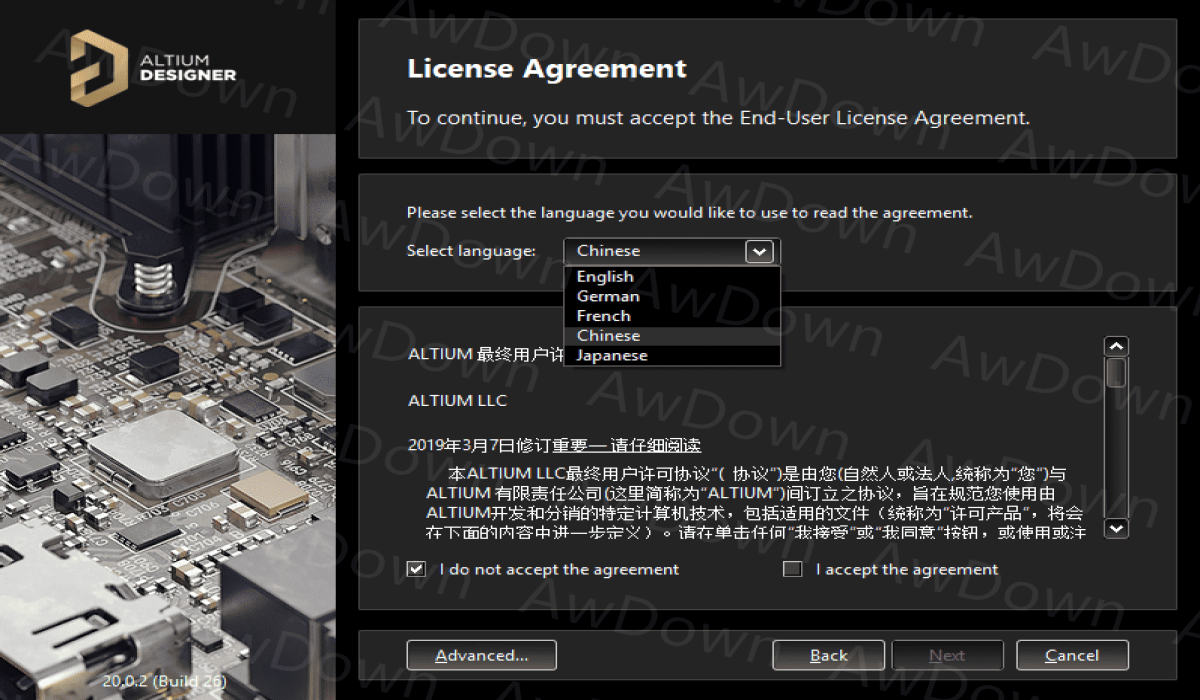

Once it comes time to lay out your circuit board, you’ll need to adopt a methodology that ensures your signals remain free of common problems, your board is manufacturable, and that you have followed important design rules. Powerful routing tools, schematic simulation features, and ECAD/MCAD collaboration features help keep PCB designers productive and building advanced printed circuit designs. Now, innovations in PCB design software allow PCB designers to create a PCB design process methodology around complex key features in their circuit board layout.

PCB designers used to be forced into using multiple programs with a rigid workflow to create a schematic and PCB layout. Between the coming of Altium Designer 21 and other patented technologies, it’ll be exciting to see what the company does next.įor more PCB news and reviews, check out Electronics Post’s PCB category page.A unified PCB design package with the best tools for implementing the right PCB design process methodology for your next circuit board. Altium 365 works in conjunction with Altium Designer and was only made available this May.ĭespite this year’s challenging circumstances, Altium’s innovation didn’t stop, and it’ll never stop as long as PCB design continues to have room for improvement. It’s also a web-based platform, so the parties that designers and engineers collaborate with don’t need to install additional applications. They don’t need to make any text comments to get their suggestions across. After all, the receiver, too, has access to the Altium Designer tools that the sender used to conceptualise the design. For example, engineers can share their program with a potential manufacturer and the latter can make intuitive comments on the file. It connects all key stakeholders and disciplines on one hub-whether it’s the designers or those in charge of parts procurement-from fabrication and assembly. On the other hand, Altium 365 is the world’s first cloud platform for PCB design and realisation. It grants users access to the components’ life cycles, alternative part options, and other actionable information.

It’s even equipped with Altium’s patented ActiveBOM tool, which is a bill of materials management editor that combines BOM management tools and aggregation technologies. This year’s version, Altium Designer 20, includes new advanced capabilities like “push and shove’’ interactive routing, rule checking, as well as a higher PCB routing speed. Altium Designer is a hub containing all the PCB design tools one might need, such as routing, schematic capture, ECAD/MCAD integration, output data generation, and signal integrity analysis. Instead of just providing a tool that engineers can use to layout their PCBs like what Protel offered, Altium offers a more intuitive and unified solution in Altium Designer.


 0 kommentar(er)
0 kommentar(er)
